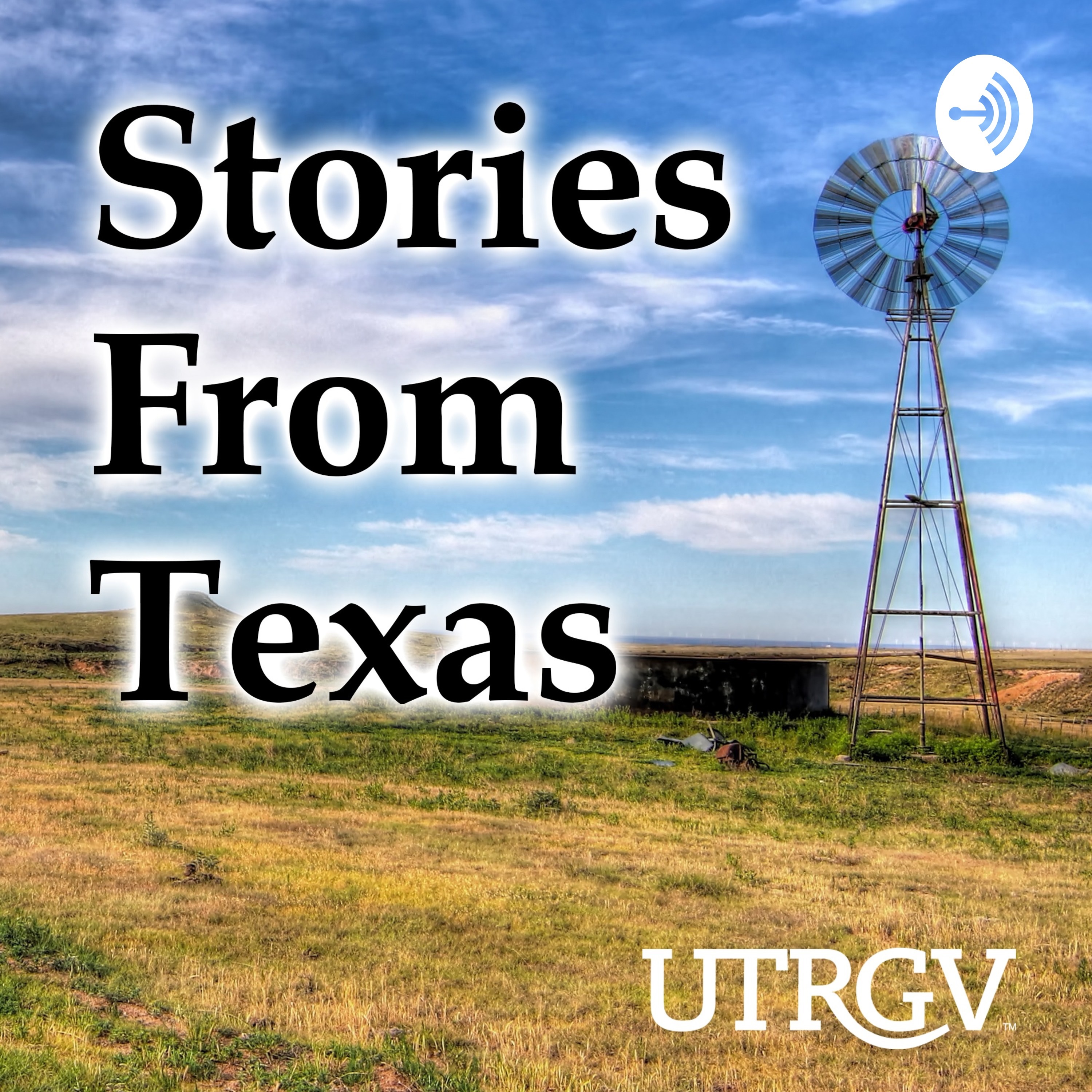Loading...
Document Type
Article
Publication Date
3-9-2022
Abstract
Early Texas towns took hold alongside protected bays: think Galveston and Corpus Christi. Others developed along the banks of fine rivers, such as San Antonio, Goliad and El Paso. But later, it was the steel tributaries called railroads that planted the seeds that raised towns alongside them. Railroads, more than any other technology, ushered Texas into the industrial age and commercial wealth.
The railroads got a slow start in Texas, but the 1876 constitution changed that. It gave away 16 sections of land for every mile of railroad constructed. And tracks began to get laid down with urgency. Imagine, for every mile of track you constructed, your company would get over 10,000 acres as payment! And that wasn’t all. You’d also get a government loan of up to $6,000 dollars per mile to help you pay for the building of that railroad. Within a few years, the state had to cancel the program. Texas was running out of land. It gave away 32 million acres under this and similar programs. That’s 20 percent of all of Texas! And I hate to tell you, there was some corruption involved, too.
There were many reasons that townships took hold along railroads. One was because every twenty miles or so, steam locomotives needed water. So water depots were built, even if the place wasn’t otherwise so favorable a spot for a town to pop up. Valentine, Texas, is such a case. The story goes that the stop for the water depot was given that name because the railroad crew reached it on Valentine’s Day, 1882, although another story says it was named for John Valentine: a big stockholder in the railroad. Both could certainly be true – a twofer, you might say. The little town of 130 or so people still exists, and does a booming business at the post office on Valentine’s Day.
Other towns sprang up haphazardly because of grading camps lasting long enough for communal roots to grow. Langtry, Texas, was such a place: a tent town where railroad bed builders lived for some time. Langtry was named for George Langtry, a railroad engineer for the Southern Pacific. But Judge Roy Bean, famous as the law West of the Pecos, rewrote that history by force of personality. He sold worldwide the fiction that he had named the town for Lillie Langtry, the gorgeous British-American actress. He was so successful in selling his myth that she stopped to visit her namesake town – and Bean’s grave, shortly after he died.
Abilene, Texas was created by the building of the Texas and Pacific Railway line, cattlemen and developers working in concert. They wanted a cattle market similar to Abilene, Kansas – the city for which Abilene, Texas was named. They needed a place where such a market might develop. The railroad bypassed the better-established community of Buffalo Gap. Many of its citizens soon moved to Abilene, since the railroad lines were the life-blood of commerce in those days. Alongside those tracks on the first day of lot selling, the First Presbyterian Church was founded. It prophesied the future of Abilene, which has the reputation of more churches per population than any town in Texas, along with three Christian colleges.
In 1860, the Houston and Texas Central Railways built a line through the region that would become College Station – so-named largely because the railroad was there. Texas A&M University, originally The Agricultural and Mechanical College of Texas, opened its doors in 1876. The next year, the U.S. Postal Service designated the town College Station, since that was the name of the railroad passenger depot at the new college. The railroad is still there, bifurcating the enormous 5,200 acre campus that it once bordered only on the west side.
Texas has more miles of railroad than any state in the union: 10,539 miles of them, still powering our state’s commercial prowess.
Format
.MP3, 192 kbps, 6.63 MB
Length
00:04:50
Language
English
Notes
https://www.texasstandard.org/stories/texas-was-built-by-railroads-wf-strong-stories-from-texas/
Recommended Citation
Stories From Texas, UTRGV Digital Library, The University of Texas – Rio Grande Valley. Accessed via https://scholarworks.utrgv.edu/storiesfromtexas/



Comments
© 2022 William F. Strong. Uploaded with permission of copyright holder.